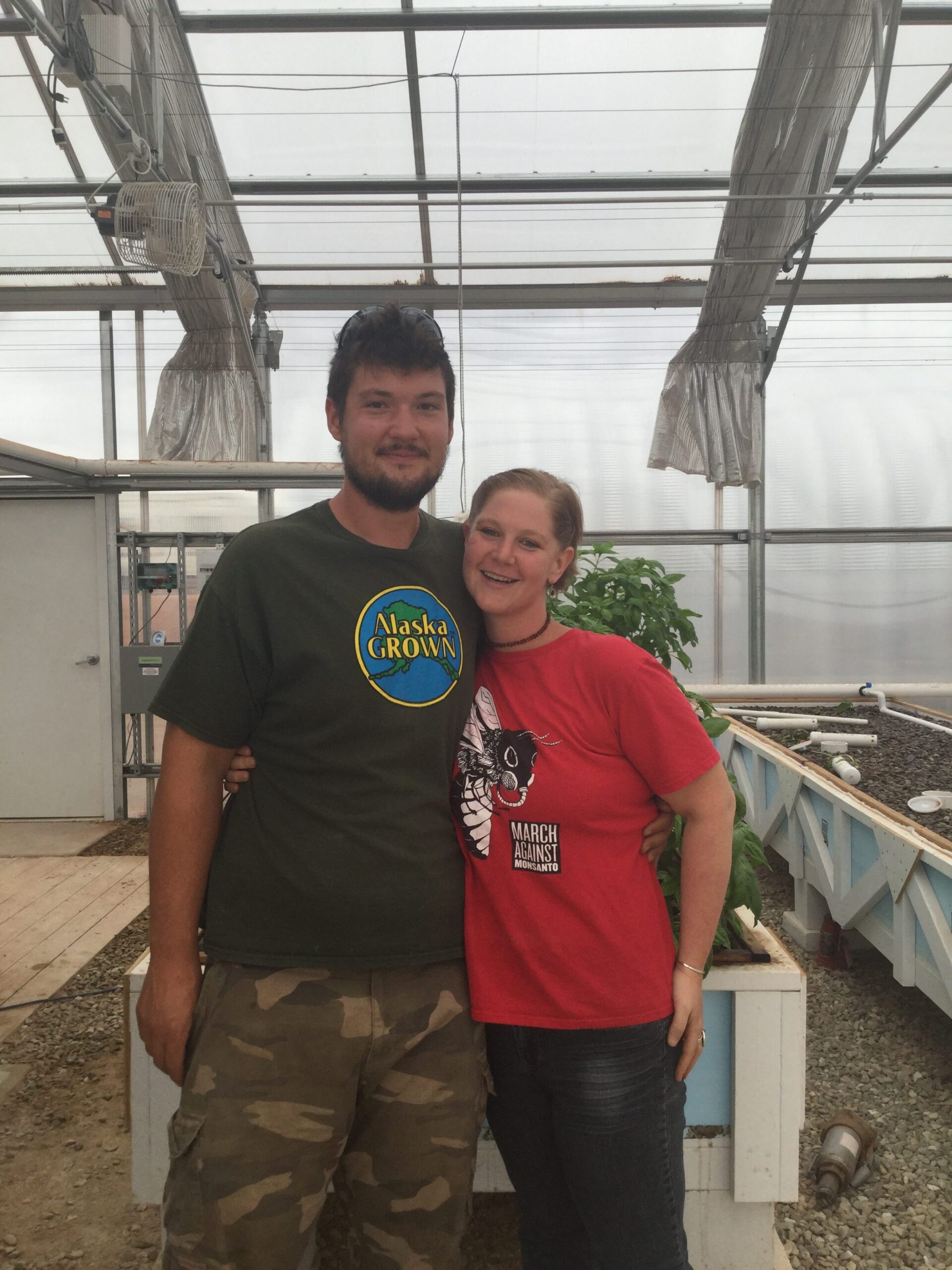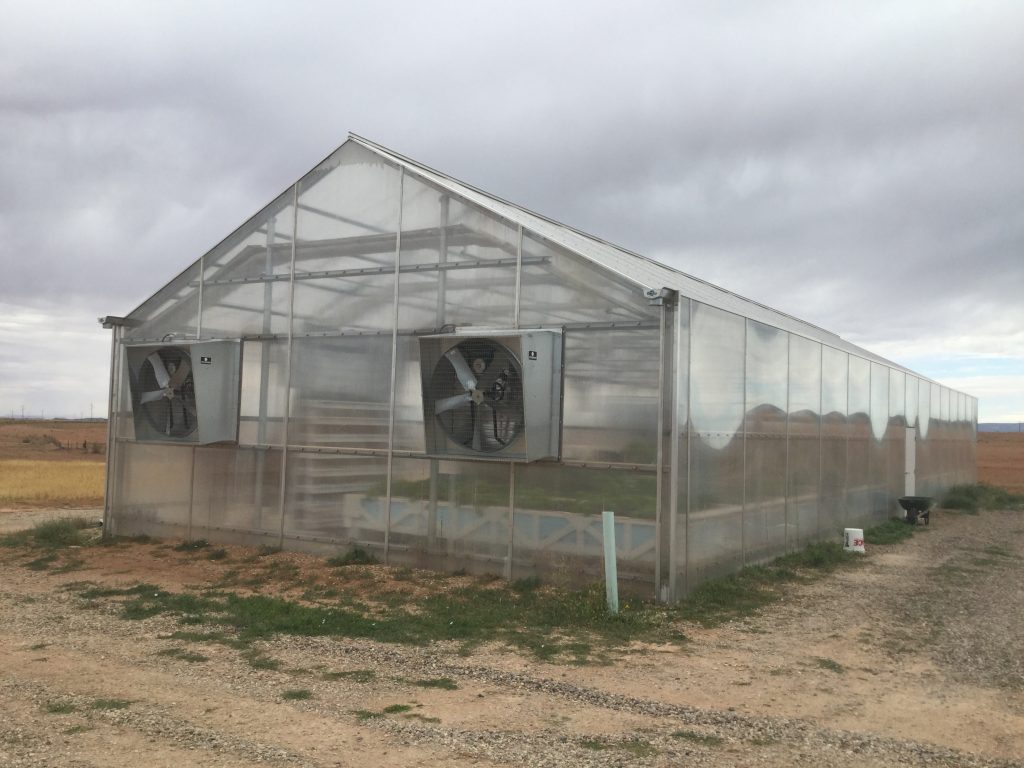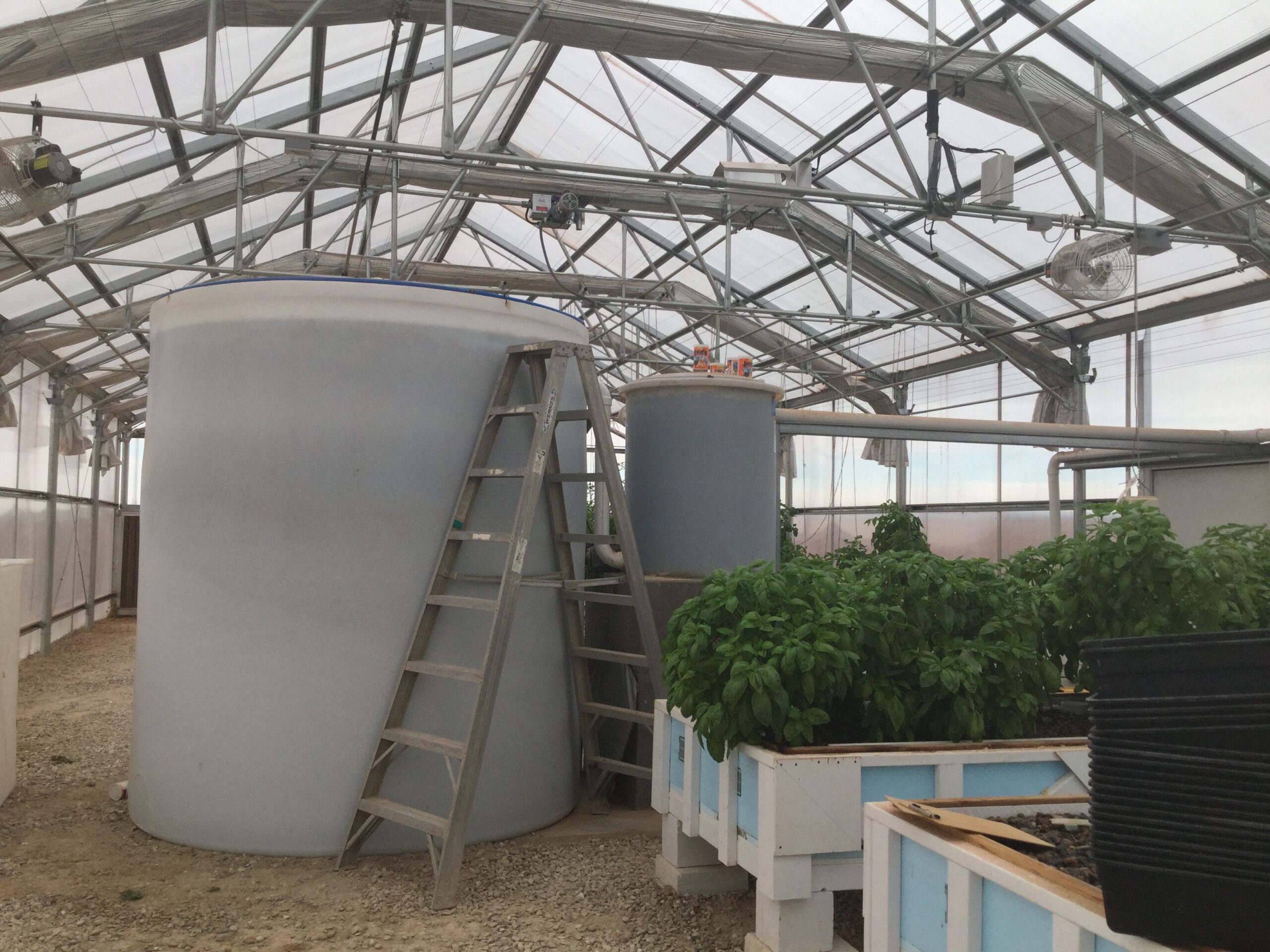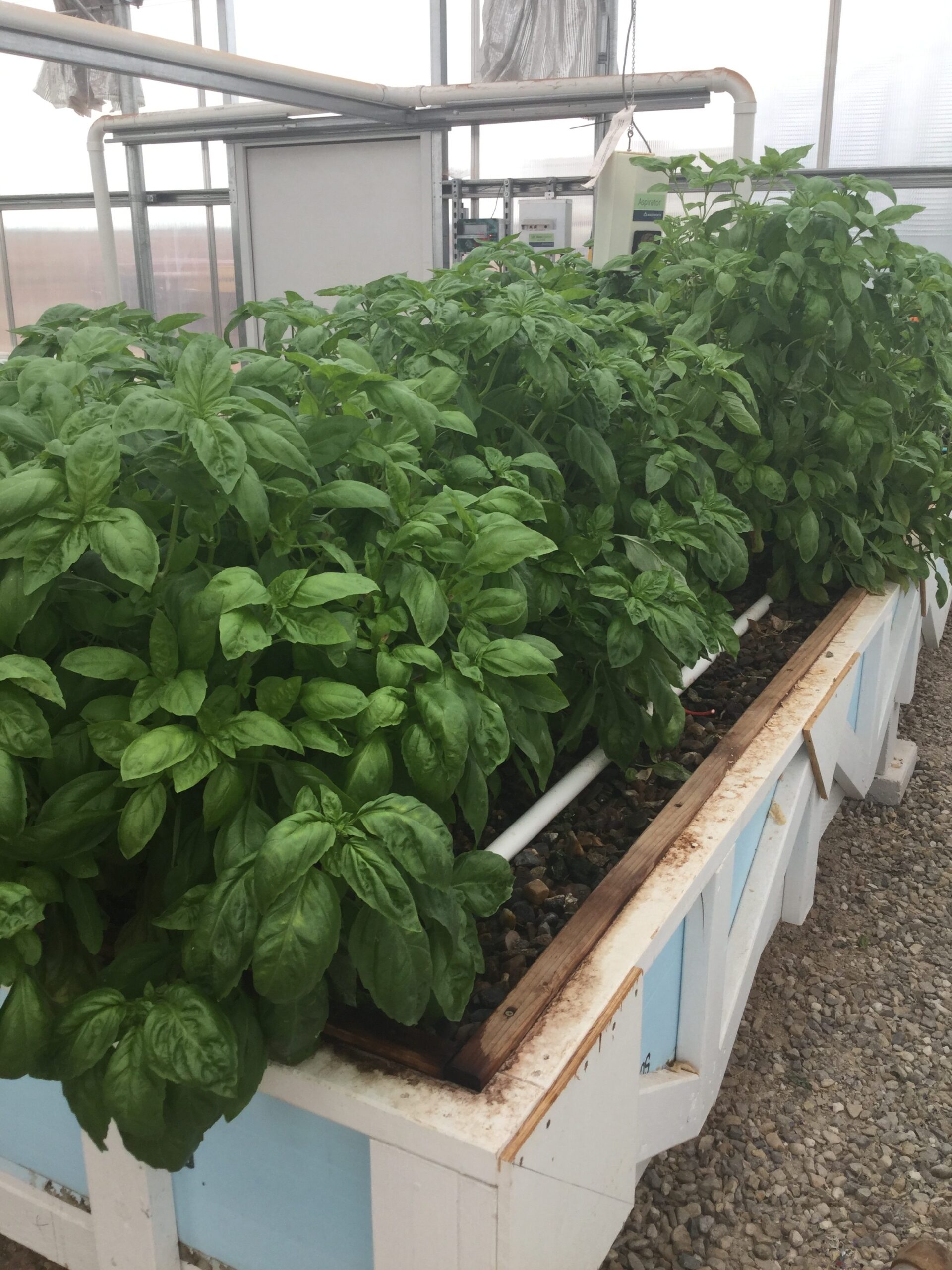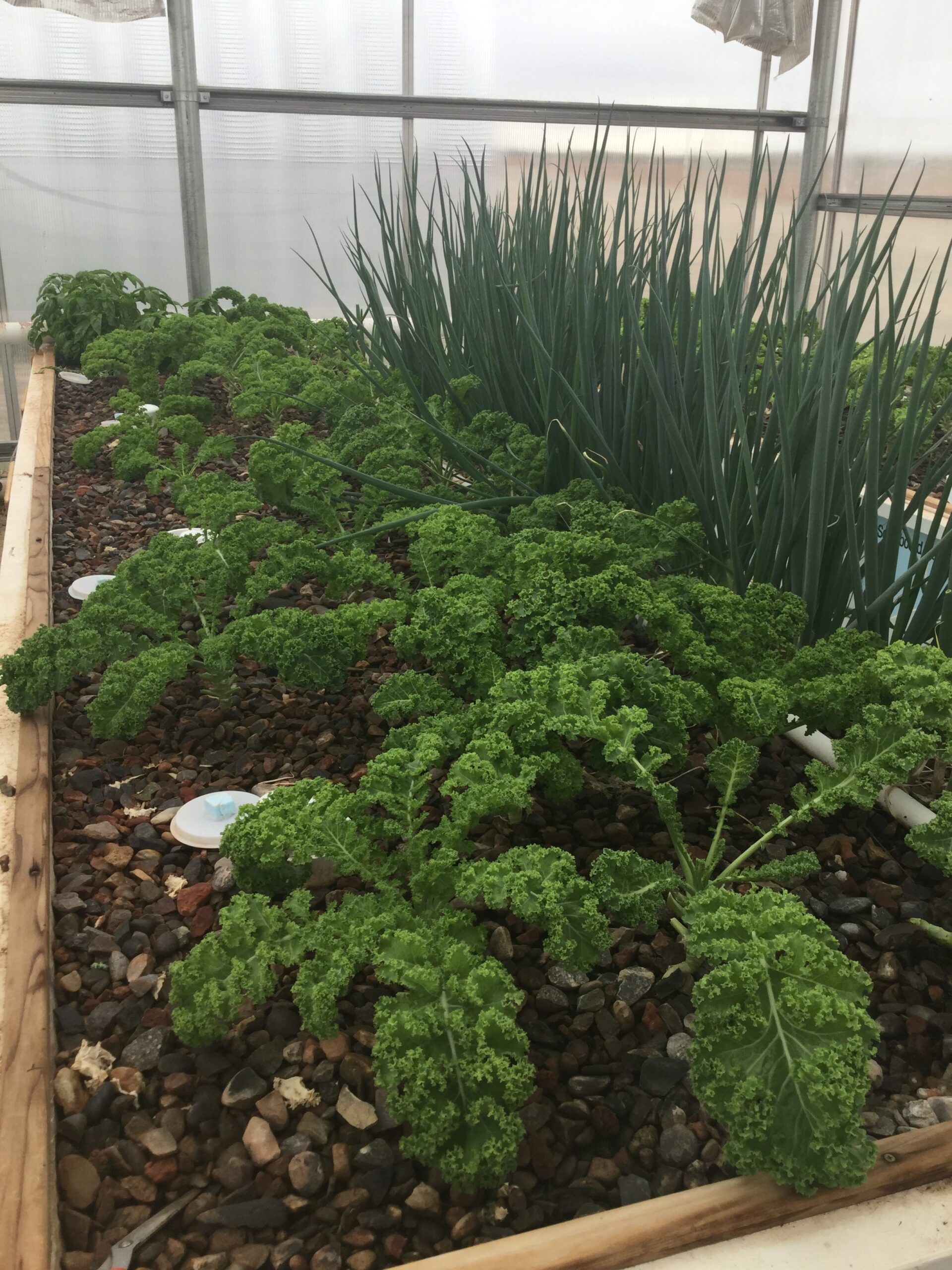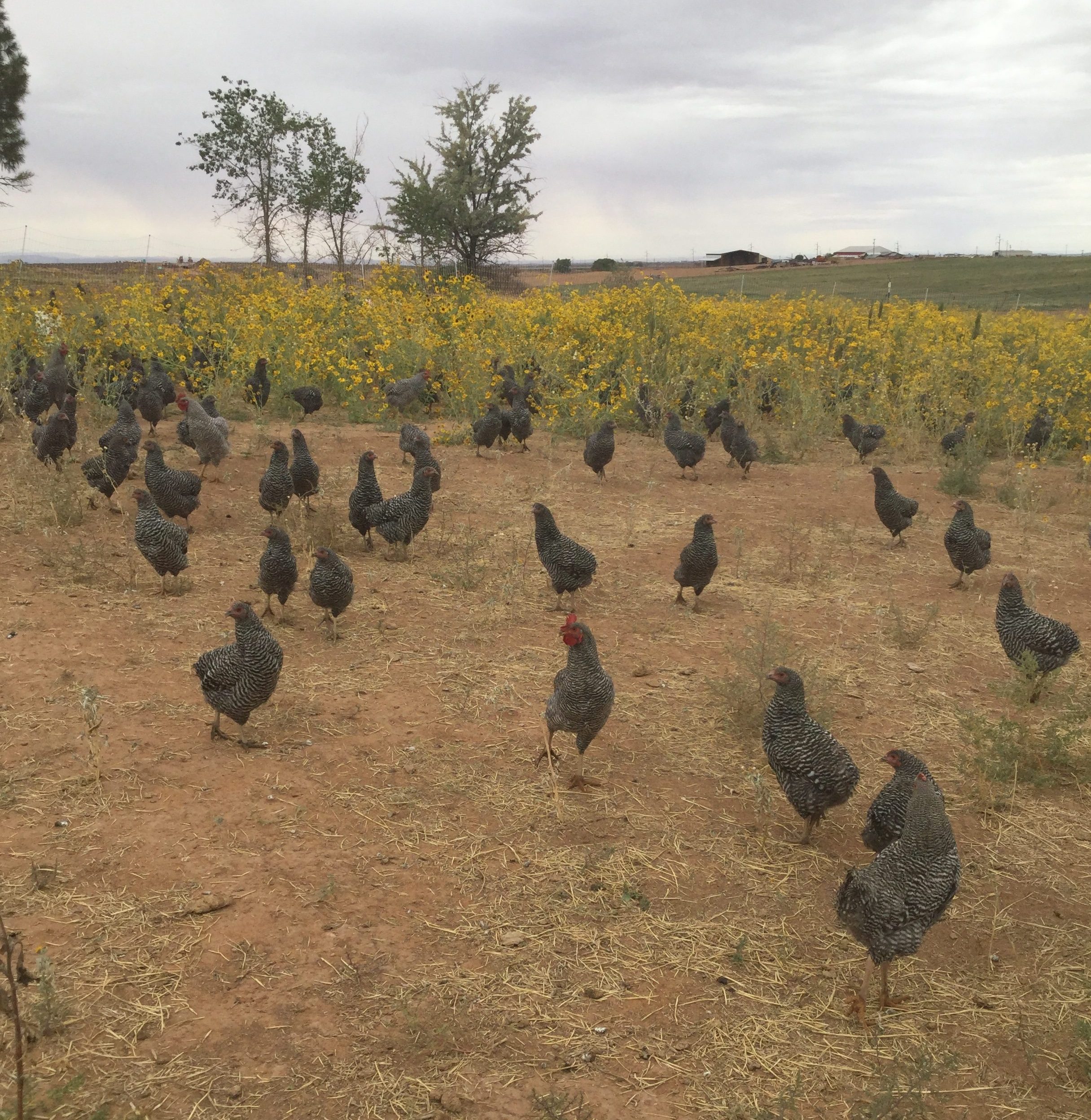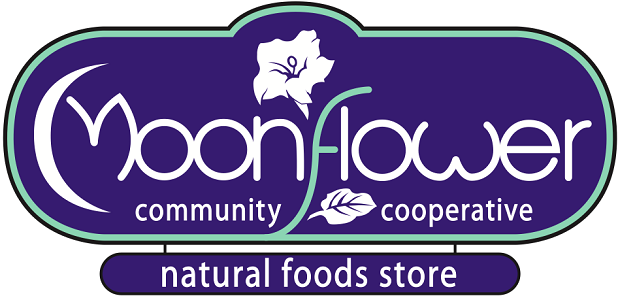Cinco Cedros Farms in Blanding, Utah is Moonflower Co-op’s featured local farm for November and December.
“We’re all about the transparent food movement. We want more control over what we’re allowed to eat.” – Jessie Stephens
Jessie and Alaska, the proud owners and farmers of Cinco Cedros Farms, believe in developing a self-sustaining, environmentally conscious farming system in their rural southeastern Utah town of about 3,700 residents. Originally from Alaska and Virginia respectively, Alaska and Jessie moved to Blanding, Utah nearly six years ago. They both landed in Moab in 2006 and eventually met while working at Sorrel River Ranch. They decided to invest in innovative farming methods appropriate for a high desert climate, including aquaponics, and develop a production and education-oriented farming operation to directly benefit Blanding and its residents.
Coincidentally, both of their families have history in southeast Utah. Alaska’s mother lived in Castle Valley in the 1970s, and his parents traveled to Alaska to work for about 20 years before returning to the area in 2007. Jessie’s grandfather was the first quarterback in Blanding, and he ultimately built the house in which they currently live on the property in 1997.
Alaska and Jessie have fully dedicated themselves to this project, working full time to maintain and develop their operation while simultaneously homeschooling two young boys. Alaska and his father worked together to build the foundation and structure of the greenhouse and install about a mile of water lines and 2,500 feet of electrical lines. They consistently seek improvements to the greenhouse to reduce energy and water use and establish a self-sustaining system. The rafters along the roof of the greenhouse expand and contract with the sun to regulate light and temperature, and they hope to install solar panels to reduce their reliance on external energy sources.
“The basic methodology is common knowledge, but how you make this work is a whole other thing…” – Alaska Simpson
In their greenhouse, they focus on aquaponic systems. The term “aquaponics” combines elements of aquaculture (raising aquatic animals, namely fish) and hydroponics (the practice of growing plants in a water-based medium). Jessie and Alaska raise bluegill and koi in their fish tank. Water sits in a sump tank below the greenhouse, and a pump moves the water at a rate of 4,000 gallons per hour into the fish tank. The fish produce liquid ammonia-based waste (effluent), and bacteria convert the ammonia (NH3) into nitrite and then into nitrate, a form a nitrogen usable by plants. A directional filter removes particulates, and the water flows into ebb and flow tanks through a gravity fed system. The aquaponic system is a complex, sensitive, living system that will respond dramatically to inorganic contaminants and imbalances, so the aquaponically grown food is both clean and nutritious. Additionally, aquaponic systems use approximately one quarter of the water used in terrestrial farming, offering a water-conscious farming option for the arid southeast Utah climate. The only water loss in the system occurs through transpiration, or evaporation of water through openings on the plants’ leaves.
The ebb and flow tanks consist of porous, lightweight rocks and about two pounds of earthworms each. The earthworms serve as a biofilter, cleaning out the tanks while leaving behind nutritious castings (waste). A bell siphon regulates the ebb and flow cycle every hour. Kale, basil, tomatoes, oregano, mint, and other plants intersperse these beds, fed by the nutrition of the fish effluent and worm castings.
In the near future, Jessie and Alaska will add deep water culture beds to their greenhouse system, allowing them to produce 1,200 lettuce heads per month. Deep water culture consists of deep troughs full of water in which plants with bare root systems are submerged into individual holes along a styrofoam rafter floating on top of the water. Nutrients and oxygen flow past the roots to stimulate growth and development.
“We’re movers and shakers. We’re working on grants.” – Jessie Stephens
Jessie and Alaska are beginning to discover the possibilities in the world of grants for small-scale, rural farmers. They hope to apply for research grants through the USDA to initiate a vertical aeroponic system to grow crops such as cutting greens, cabbage, and various herbs. Aeroponics would utilize even less water than aquaponics by feeding bare root plants with oxygen and nutrient-rich mists.
By utilizing these various unique growing systems, they aim to produce items such as lettuce, tomatoes, and kale throughout the winter for restaurants and grocery stores in southeast Utah. They currently sell their aquaponically grown produce to Peace Tree’s Monticello and Moab locations and Moonflower Community Co-op, establishing themselves in the region as reliable growers with high quality produce.
In addition to their aquaculture and ebb and flow tank operations, they manage several dozen chickens and four cows on their expansive 25 acre
property. They have constructed mobile lay houses for the hens and hope to encourage laying throughout the winter by keeping them in a hoop house adjacent to heat-generating compost piles. The cattle receive nutritious wheatgrass grown in their greenhouse in addition to alfalfa and mixed native annual grasses and shrubs dispersed throughout the property. They reject the industrialization of animal agriculture and seek unique, sustainable ways of raising animals.
Jessie and Alaska understand the economic struggles of Blanding and acknowledge the phenomenon of Blanding workers commuting to Moab daily. Ultimately, they hope to build sixteen additional greenhouses, use their initial greenhouse as an education facility, and offer about sixty meaningful full time positions for members of their community, which would make them one of the largest employers in Blanding.
Jessie and Alaska embody innovation and a commitment to sustainable, conscientious food production. They recognize the inefficient and wasteful practices of industrialized agriculture and the limitations of their arid, hot climate and take active steps to build a better system. Their model sets an example for young and aspiring farmers in the region. Their nutrient-dense, aquaponically grown produce can be found at Moonflower Community Co-op in Moab, Utah.
